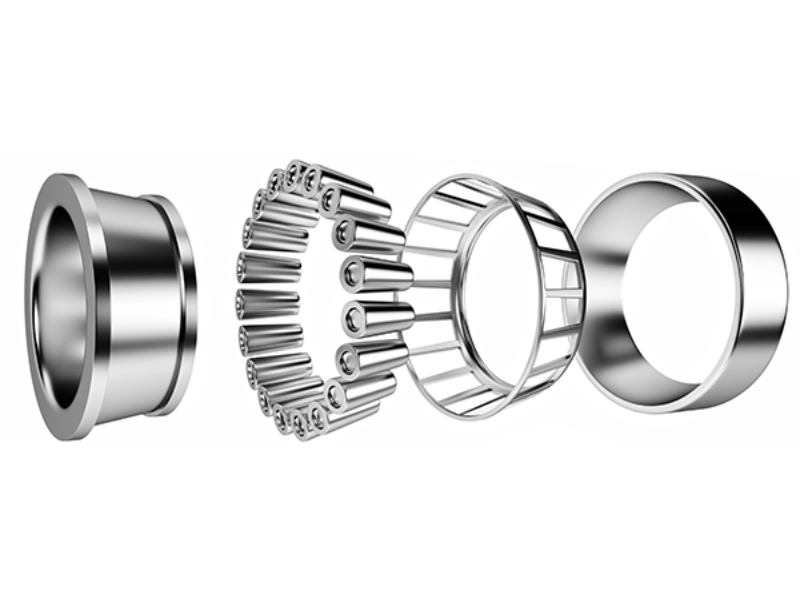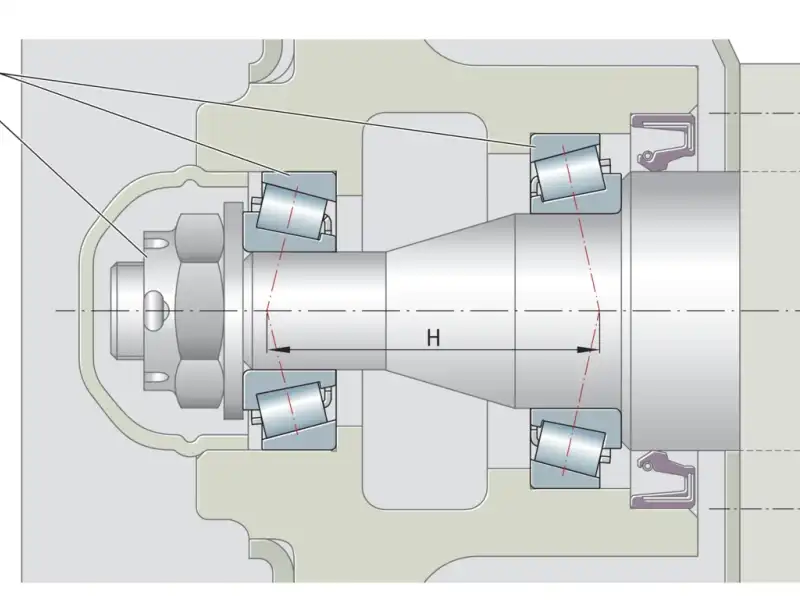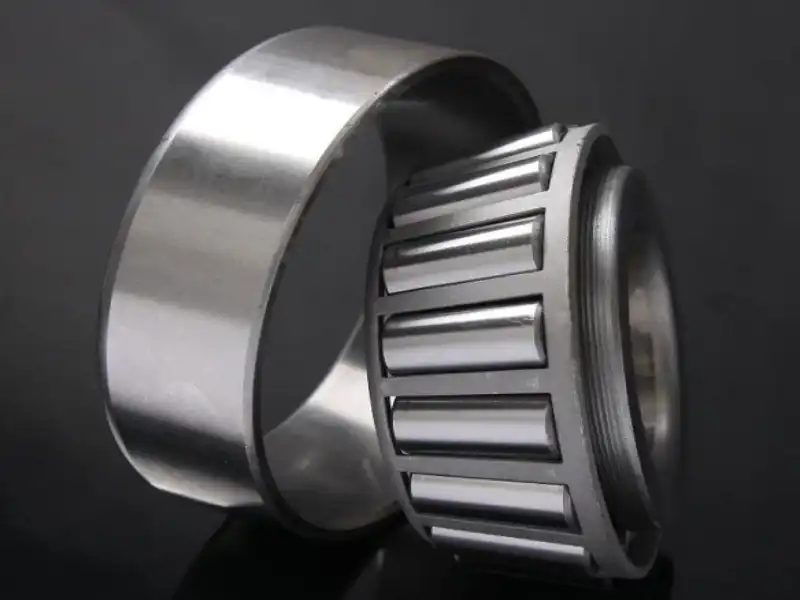Achieve Maximum Performance in High-Load Systems with Tapered Rollers
In today's demanding industrial applications, achieving optimal performance in high-load systems requires precision-engineered components that can withstand extreme conditions while maintaining reliability. Tapered rollers have emerged as a crucial element in this pursuit, offering unique advantages in load distribution and durability. This comprehensive analysis explores the technical specifications, applications, and performance optimization strategies for tapered rollers in modern industrial settings.

Luoyang Huigong Bearing Technology Co., Ltd. stands at the forefront of tapered roller innovation, backed by an experienced R&D team providing technical guidance, customized solutions for various operating conditions, and 30 years of industry expertise collaborating with major enterprises. Our state-of-the-art production equipment and testing instruments, combined with over 50 invention patents and certifications including ISO9001 quality management system and ISO14001 environmental management system, demonstrate our commitment to excellence. As a 2024 quality benchmark enterprise, we invite you to learn more about our products by contacting us at sale@chg-bearing.com or calling our hotline at +86-0379-65793878.
What Factors Influence Tapered Roller Performance in High-Load Applications?
The performance characteristics of tapered rollers in high-load systems are influenced by a complex interplay of technical specifications, material properties, and manufacturing precision. The comprehensive size range of φ20 to φ120mm enables versatile application across various industrial settings, while maintaining exceptional accuracy to national standard level 1, with convex value deviations meticulously controlled within ±0.001mm at each measuring point. This remarkable precision is achieved through advanced manufacturing processes that incorporate state-of-the-art machinery and rigorous quality control protocols. The material composition undergoes careful selection and processing, resulting in hardness values ranging from 60 to 64 HRC, which represents an optimal balance between surface durability and core strength. This specific hardness range is crucial for applications requiring extended service life under heavy loads, as it provides superior wear resistance while maintaining structural integrity under sustained stress conditions. The implementation of different roller grades (G1, G1A, G2, G2A) further refines performance capabilities, with each grade offering specific advantages for particular applications. Grade G1 represents the pinnacle of precision engineering, suitable for the most demanding applications where accuracy is paramount, while G1A provides enhanced geometric tolerances for specialized requirements. G2 and G2A grades offer excellent performance characteristics for general industrial applications, maintaining high standards of reliability while optimizing cost-effectiveness. The interaction between these various technical parameters creates a synergistic effect that maximizes load-bearing capacity, operational stability, and overall system efficiency.

How Do Tapered Rollers Enhance Wind Turbine Reliability?
The application of tapered rollers in wind turbine systems represents a crucial advancement in renewable energy technology, offering comprehensive solutions to the complex challenges faced in wind power generation. These specialized components are engineered to handle the unique combination of high radial and axial loads characteristic of wind turbine operations, while simultaneously managing variable speeds and harsh environmental conditions. The geometric design of tapered rollers facilitates exceptional load distribution characteristics, effectively managing both radial and thrust loads that occur during normal turbine operation. This capability is particularly crucial in large-scale wind turbines, where the massive blades and rotating components generate substantial forces that must be properly managed for optimal performance and longevity. The precision-engineered taper angle and surface finish contribute to reduced friction and heat generation, resulting in improved energy efficiency and lower maintenance requirements. This enhanced efficiency is particularly notable in modern wind farms, where even small improvements in individual turbine performance can translate to significant gains in overall power generation capacity. The ability of tapered rollers to accommodate misalignment, while maintaining optimal load distribution, proves invaluable in wind turbine applications where structural flexing and dynamic loads are common occurrences. The integration of advanced materials and surface treatments further enhances their resistance to wear and fatigue, ensuring reliable operation even under the most challenging conditions. This comprehensive approach to design and manufacturing results in extended service intervals, reduced maintenance costs, and improved overall turbine reliability, making tapered rollers an indispensable component in modern wind energy systems.

What Are the Latest Innovations in Tapered Roller Manufacturing Technology?
The field of tapered roller manufacturing has undergone significant technological advancement, incorporating cutting-edge innovations that have revolutionized both production processes and performance capabilities. Modern manufacturing facilities utilize sophisticated computer-controlled machining centers that maintain unprecedented levels of precision throughout the production cycle. These advanced systems integrate real-time monitoring and adjustment capabilities, ensuring consistent quality across large production runs while minimizing variations that could impact performance. The implementation of precision grinding techniques, coupled with innovative surface finishing processes, has elevated the standard for geometric accuracy and surface quality. These improvements are complemented by developments in material science, including the optimization of steel compositions and heat treatment protocols specifically designed for tapered roller applications. Advanced coating technologies have been developed to enhance surface hardness and wear resistance while maintaining optimal friction characteristics. Quality control systems have evolved to incorporate automated inspection systems utilizing machine vision and artificial intelligence, capable of detecting microscopic defects and geometric variations that would be impossible to identify through traditional inspection methods. The manufacturing process now benefits from comprehensive performance testing protocols that simulate actual operating conditions, allowing for detailed analysis of roller behavior under various load scenarios. This integration of advanced manufacturing technologies, materials science, and quality control systems has resulted in tapered rollers that consistently exceed traditional performance metrics while maintaining cost-effectiveness and reliability. The continued investment in research and development, coupled with feedback from real-world applications, drives ongoing improvements in manufacturing technology, ensuring that tapered rollers remain at the forefront of industrial component innovation.
Technical Specifications Overview:
- Size Range: φ20~φ120mm
- Accuracy: National standard level 1
- Convex Value Deviation: ±0.001mm
- Hardness: 60-64 HRC
- Quality System: ISO9001 certified
- Environmental Management: ISO14001 certified
With many successful collaborations domestically and internationally, we invite you to learn more about our products by contacting CHG at sale@chg-bearing.com or calling our hotline at +86-0379-65793878.
References:
1. Harris, T. A., & Kotzalas, M. N. (2023). "Advanced Concepts of Bearing Technology." CRC Press.
2. Wind Energy Engineering. (2023). "Handbook of Wind Turbine Component Design." Springer Publications.
3. American Bearing Manufacturers Association. (2024). "Technical Standards for Tapered Roller Bearings."
4. International Organization for Standardization. (2024). "ISO 492:2024 Rolling bearings — Radial bearings — Geometrical product specifications (GPS) and tolerance values."
5. Journal of Tribology. (2023). "Advances in Rolling Element Bearing Design and Performance." Volume 145, Issue 3.

